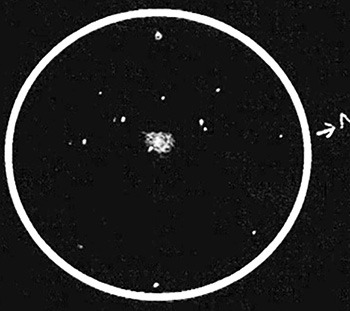
NGC 40
NGC 40
NGC 40 (also known as the Bow-Tie Nebula and Caldwell 2) is a planetary nebula discovered by William Herschel on November 25, 1788, and is composed of hot gas around a dying star. The star has ejected its outer layer which has left behind a small, hot star. Radiation from the star causes the shed outer layer to heat to about 10,000 degrees Celsius and become visible as a planetary nebula.
Thank you for reading this post, don't forget to subscribe!
The nebula is about one light-year across. About 30,000 years from now, scientists theorize that NGC 40 will fade away, leaving only a white dwarf star approximately the size of Earth.
Morphologically, the shape of NGC 40 resembles a barrel with the long axis pointing towards the north-northeast. There are two additional pairs of lobes around the poles, which correspond to additional ejections from the star.
It is located in the constellation of Cepheus.

| Observation Log Information | |
|---|---|
| Log Index: | 509 |
| Session: | 160 |
| Date: | 1993-08-02 |
| Equipment: | 10.1inNw13mmPlossl |
| Location: | ABIndusNearby |
Keywords: NGC 40, 110 Finest NGCs, Cephus, planetary nebula, Bow-Tie